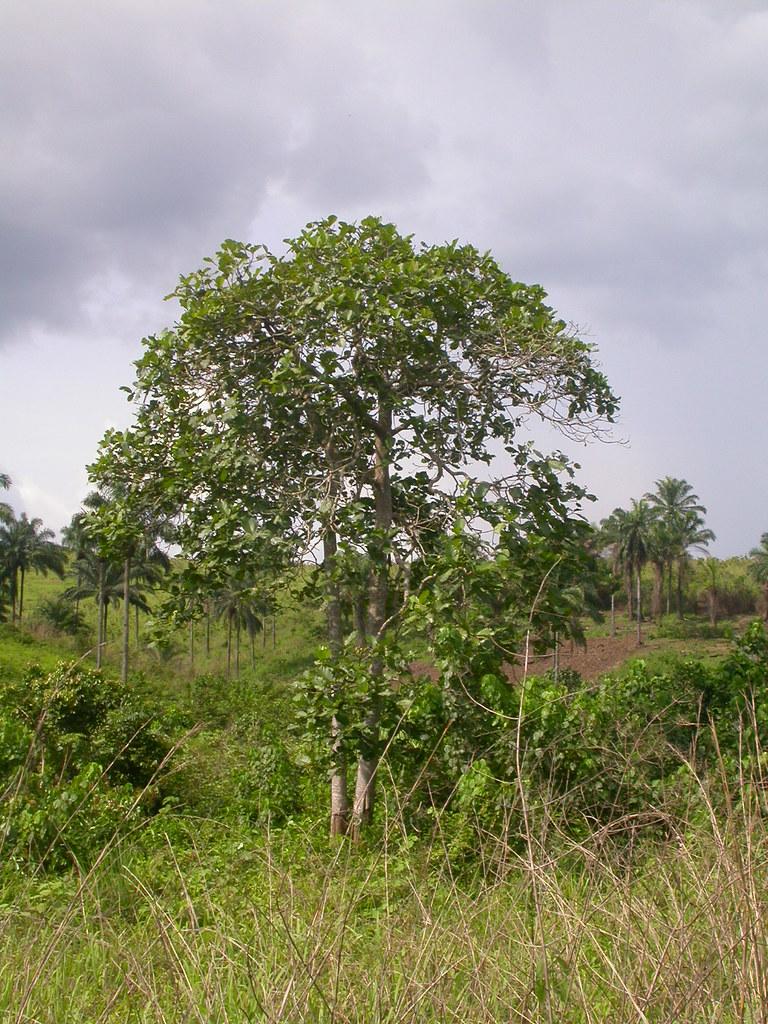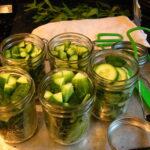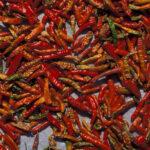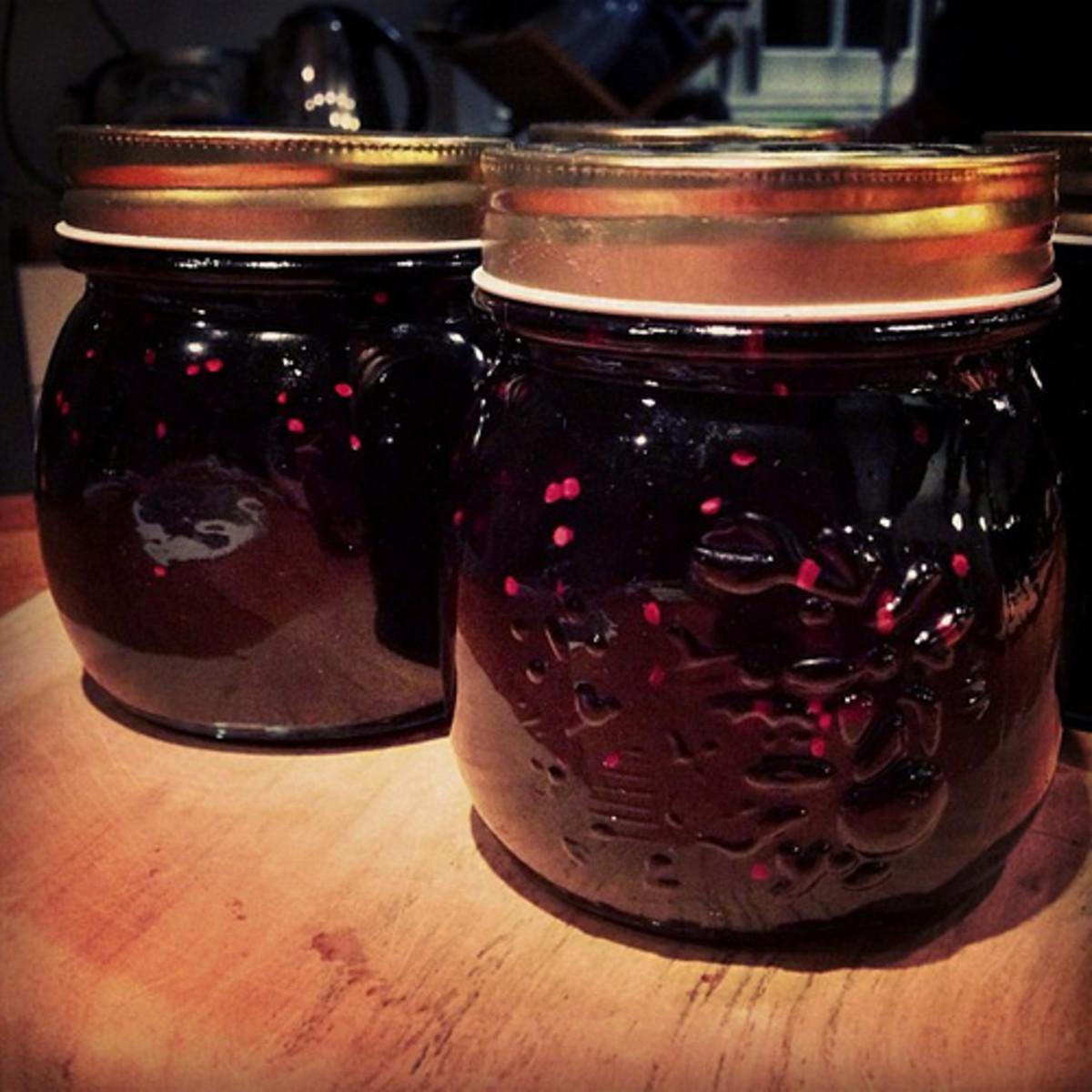Food preservation is an age-old practice aimed at preventing the growth of harmful microorganisms and the spoilage of food. Throughout the years, various techniques of food preservation have been developed, ranging from traditional techniques to modern methods. In this article, we’ll take a closer look at the differences between traditional and modern food preservation methods, exploring their pros and cons and how they impact the taste, nutrition, and safety of food.
Traditional Techniques of Food Preservation
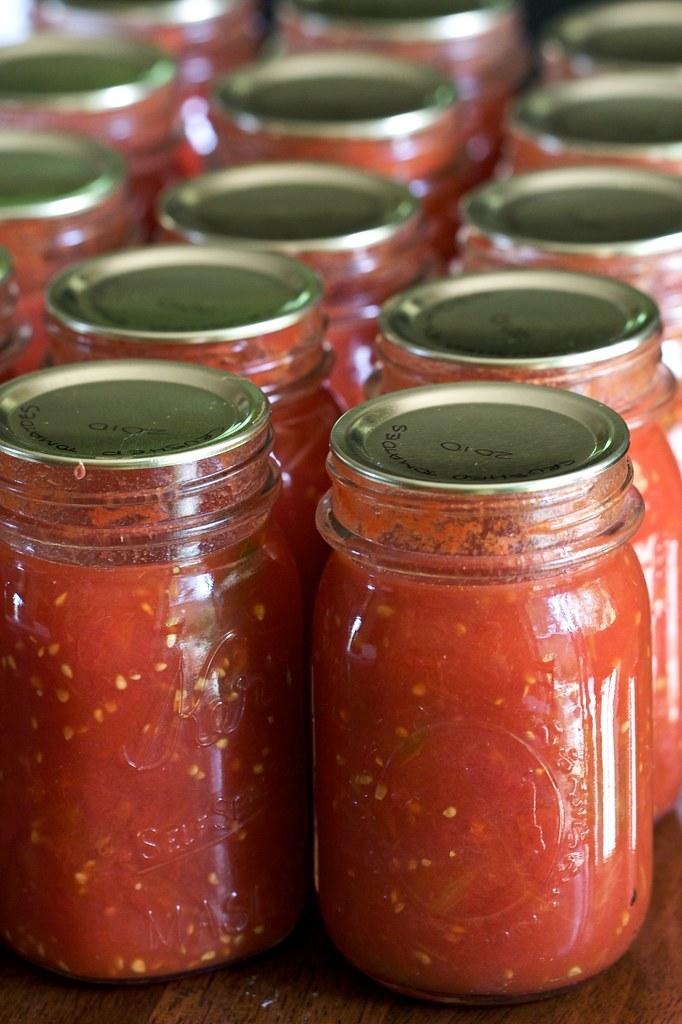
Traditional food preservation techniques are methods that have been passed down from generations and have been used for centuries. These methods include:
- Salting: This method involves preserving food by exposing it to salt, which helps to draw out moisture and inhibit the growth of bacteria. This is a common method of preserving meat and fish.
- Drying: Drying is another ancient method of food preservation that involves removing moisture from food by exposing it to sun, wind, or heat. This method is commonly used for fruits, vegetables, and grains.
- Smoking: Smoking involves exposing food to smoke from burning wood or other materials. The smoke imparts flavor and helps to preserve the food by inhibiting the growth of bacteria and other harmful microorganisms.
- Pickling: Pickling involves preserving food in vinegar or a salt-water solution. The acidic environment created by the vinegar helps to preserve the food and also adds flavor.
- Fermentation: Fermentation is a traditional food preservation method that involves exposing food to bacteria, yeast, or other microorganisms. The microorganisms consume the sugars in the food and produce lactic acid, which helps to preserve the food and also imparts a tangy flavor.
Pros of Traditional Food Preservation Techniques
- Tasty: Traditional food preservation methods often add unique and delicious flavors to food, making it taste even better.
- Cost-Effective: Traditional food preservation methods are often less expensive than modern methods, as they make use of readily available materials like salt, vinegar, and sunlight.
- No Chemicals: Traditional food preservation methods do not involve the use of chemicals, which is a big advantage for those who are looking for chemical-free food options.
Cons of Traditional Food Preservation Techniques
- Incomplete Preservation: Traditional methods may not be as effective at preserving food as modern methods, as they do not provide complete protection against the growth of harmful bacteria.
- Time-Consuming: Traditional food preservation methods can be time-consuming, as they often involve lengthy preparation and waiting times.
- Nutritional Loss: Traditional food preservation methods can lead to some loss of nutrients, as the food is exposed to salt, vinegar, and heat, which can break down certain vitamins and minerals.
Modern Food Preservation Techniques
Modern food preservation techniques are methods that have been developed using scientific knowledge and technology. These methods include:
- Canning: Canning involves sealing food in airtight containers, typically made of glass or metal, and then heating the containers to kill off harmful bacteria and microorganisms.
- Freezing: Freezing is a popular modern food preservation method that involves storing food at extremely low temperatures, typically below 0°F. This helps to slow down the growth of bacteria and other harmful microorganisms, allowing food to be stored for extended periods of time.
- Irradiation: Irradiation is a newer method of food preservation that involves exposing food to ionizing radiation. This helps to kill off harmful bacteria and microorganisms, allowing food to be stored for longer periods of time.
- Vacuum Packaging: Vacuum packaging involves removing the air from food packaging, creating a vacuum-sealed environment that helps to slow down the growth of bacteria and other harmful microorganisms.
Pros of Modern Food Preservation Techniques
- Effective Preservation: Modern food preservation methods are much more effective at preserving food than traditional methods, as they provide complete protection against the growth of harmful bacteria and other microorganisms.
- Convenient: Modern food preservation methods are often more convenient than traditional methods, as they do not require lengthy preparation or waiting times.
- Longer Shelf Life: Modern food preservation methods allow food to be stored for much longer periods of time, without losing its quality and taste.
Cons of Modern Food Preservation Techniques
- Expensive: Modern food preservation methods can be more expensive than traditional methods, as they often involve the use of specialized equipment and technology.
- Chemical Use: Some modern food preservation methods involve the use of chemicals, which may not be ideal for those who are looking for chemical-free food options.
- Loss of Flavor: Modern food preservation methods can sometimes lead to a loss of flavor, as the food is not exposed to the natural processes that impart flavor, like smoking and fermentation.
Final Thoughts
Both traditional and modern food preservation methods have their pros and cons, and the best method for preserving food will depend on individual needs and preferences. Traditional methods provide unique and delicious flavors, while modern methods provide effective preservation and longer shelf life. Ultimately, the decision on which method to use will depend on the importance of factors such as taste, nutrition, cost, and convenience.
Keywords: Food preservation, traditional techniques, modern techniques, salting, drying, smoking, pickling, fermentation, canning, freezing, irradiation, vacuum packaging, techniques of food preservation, list of techniques of food preservation, techniques of food preservation list, types of techniques of food preservation, list of types of techniques of food preservation, types of food preservation, traditional types of food preservation, modern types of food preservation, list of modern types of food preservation, list of traditional types of food preservation
Check out our Novel Writing Workbooks
Check out Little Tree Food Forest for articles on food forests and homesteading.
Check out FoodieScapes for articles on growing, fermenting and preserving food
Check out StoryScapes.World for articles on writing.
Subscribe to our newsletter to get information delivered to your inbox on edible landscaping, growing food and medicinal plants, growing mushrooms, foraging, fermentation, food preservation, raising small livestock, and more.







